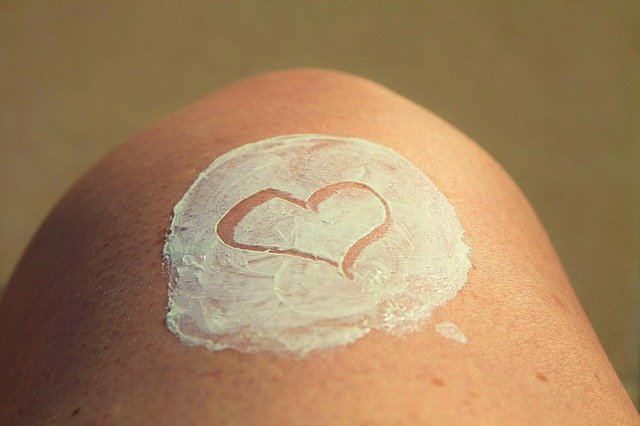Guide to Safe Sunscreens & Toxic Ingredients
- Mar 9, 2024
- 2 min read

Here is what you need to know about sunscreen and how toxic ingredients found in some sunscreens, could be causing health problems for you and your family. When it comes to protecting ourselves from UV radiation, it’s overwhelming. The struggle to differentiate fact and fiction has become routine every year as nobody is in agreement.
why use sunscreen?
Sunscreen is a preventive measure to protect skin against the sun’s ultraviolet (UV) radiation. The two main types of ultraviolet radiation, UVA and UVB, damage the skin, cause premature aging and increase your risk of skin cancer. And these rays come in contact with your skin year-round, even when it’s cloudy or you’re indoors (some UV rays can penetrate through glass).
But choosing a sunscreen isn’t as easy as grabbing any bottle from the shelf. Not all sun-protecting ingredients have the same benefits. Extra caution is required to avoid products with harmful chemicals and false advertising claims.

Choose a clean and safe sunscreen?
As more people understand sunscreens’ importance and potential shortcomings, more research is coming in. The Food and Drug Administration (FDA) recently approved a revised sunscreen regulation. Just recently, the FDA banned manufacturers from stating that sunscreens are “Waterproof” or “Sweat-resistant”, and in May 2021, Environmental Working Groups were formed.
Read the label before choosing your sunscreen.
Having to look up ingredients in an extensive catalog that is difficult to understand can feel daunting. What are some important aspects? Find sunscreen labeled ‘large-spectrum’. There are a minimum of 30 sunscreens. UVA protection is also effective. While the EFMG says it recommends 30 PF levels, the product claims of high SPF are increasing and misleading. A problem with SPF values on labels relates only to UVB protection.
Check your sunscreen's water resistance.
Water-resistant sunblock's can be useful because we have to remind people to use sunscreen for at least 2 hours. Many people don’t realize the sweat they sweat during the day, especially in humid weather, so water can be the best option.
beware of these toxic ingredients
Overuse of sunscreen by children may have exacerbated the vitamin deficiencies we see in children that can lead to obesity, depression, depression, and multiple sclerosis.
If you’re going to use sunscreen, at least make sure it doesn’t contain the worst toxic offenders:
Benzene
Oxybenzone
Octanoate.
.jpg)






Comments